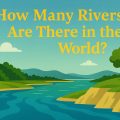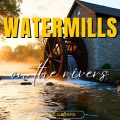When Rivers Rise: Understanding the Force of Flooding
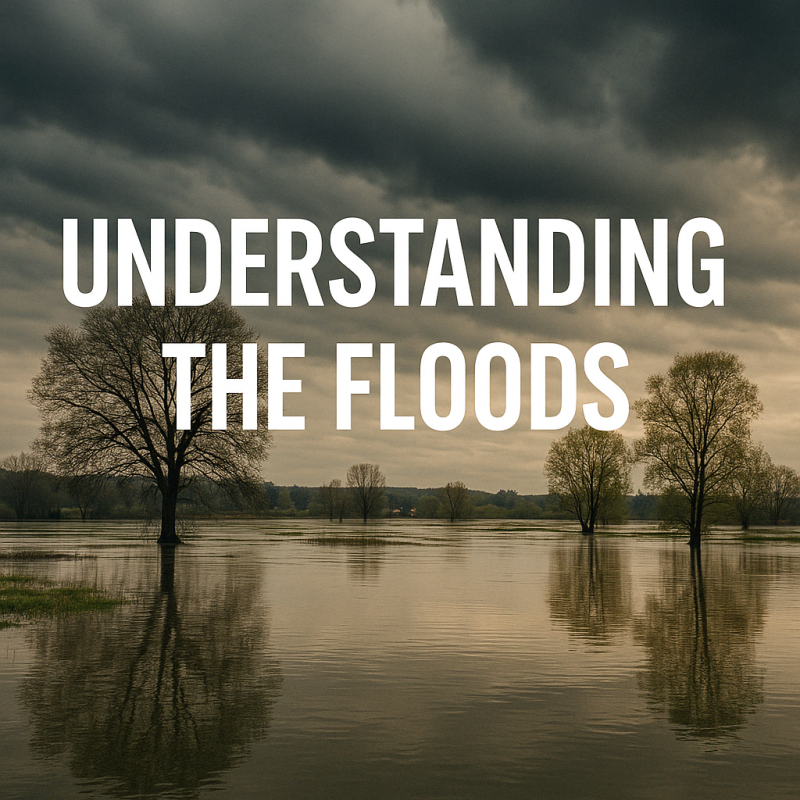
Discover the causes, types, and impact of river flooding, and how communities adapt to rising waters in a changing climate.
There’s a moment—quiet, almost imperceptible—when a river changes. The current quickens. Its banks begin to blur. A whisper becomes a murmur, a murmur becomes a roar. And before you know it, the gentle stream that once cradled dragonflies and driftwood has transformed into something unrecognizable. A force. A flood.
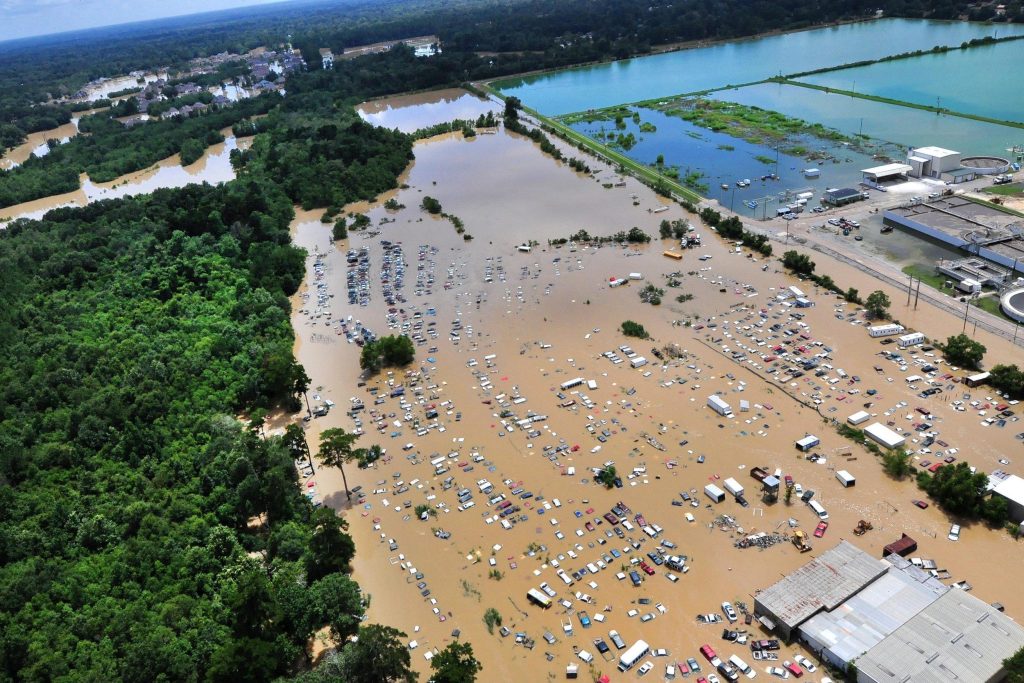
Rivers are storytellers, carving valleys and nourishing plains. But they’re also unpredictable poets, sometimes tearing through their own narratives with sudden, sweeping ferocity. Flooding is not just a natural disaster—it’s a rhythm in the Earth’s long song. It nourishes and destroys, gives and takes, shaping landscapes and lives.
Learn Why River Flooding Isn’t Always a Disaster—It’s Just Nature Doing Its Job
In this post, we journey into the heart of river flooding—what causes it, how it manifests, and why it matters. From the creeping rise of waters over lowland rice fields to the thunderous surge of a mountain flash flood, we’ll explore the many faces of this watery phenomenon. We’ll also uncover the damage it leaves behind, the resilience it demands, and what our future might hold as climate patterns shift. Because when the rivers rise, they rewrite the land—and we must learn to read the signs.
What is River Flooding?
At its essence, river flooding occurs when a river overflows its banks and spills into the surrounding land. In lowlands, it is a floodplain. It may sound simple, but the reality is complex, shaped by rainfall, geography, climate, and human behaviour. Rivers naturally swell and shrink with the seasons, responding to monsoons, snowmelt, or storms. But when incoming water exceeds what the river channel can carry—or what the land can absorb—a flood is born.
Learn the difference between a flood and flooding:
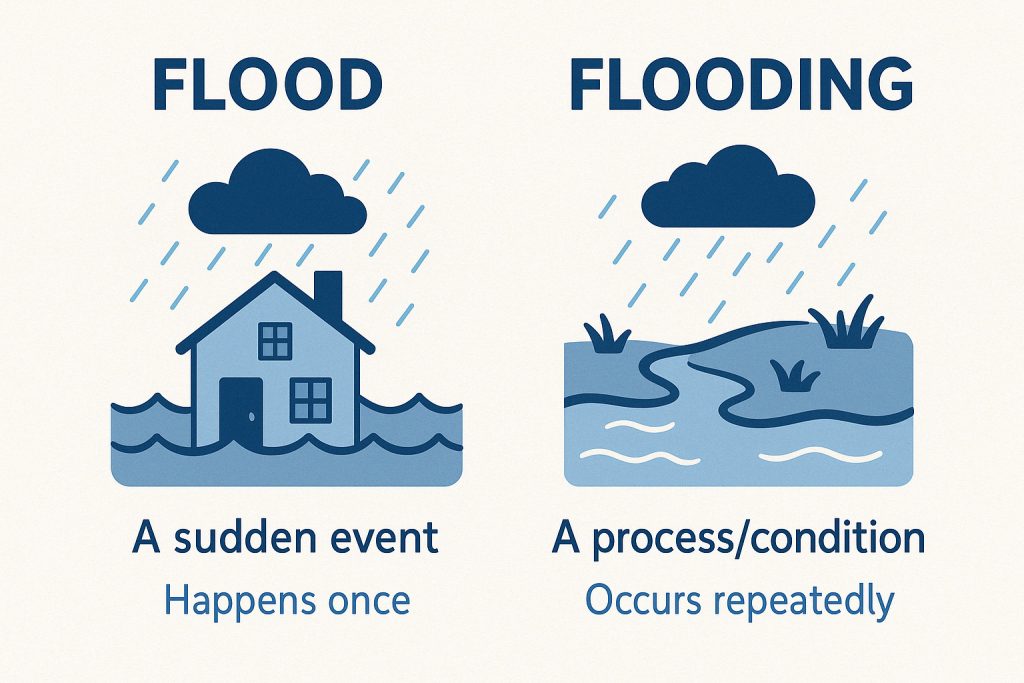
Some floods arrive gradually, the water rising inch by inch over several days. Others strike like lightning, sweeping away everything in their path with no warning. Flooding has long been part of the natural cycle—nourishing farmland, replenishing wetlands—but in today’s rapidly changing world, it often brings devastation where it once brought life.
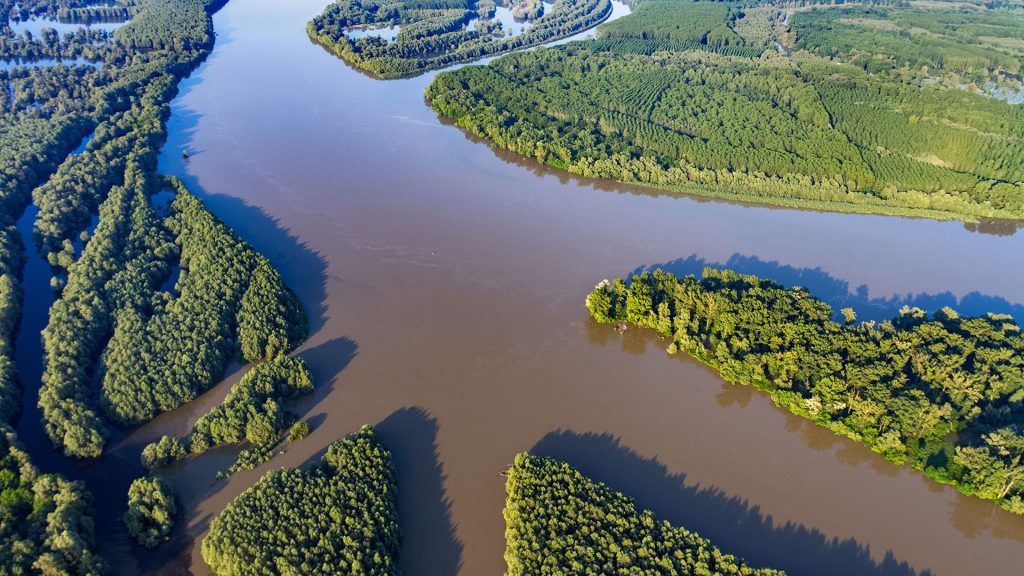
High water level on the Danube River
How Flooding Starts: The Perfect Storm
Floods don’t just appear out of nowhere. They build—quietly, invisibly, relentlessly—until a river can no longer contain itself. What follows is a powerful surge, not only of water, but of energy, memory, and force. While the result may look the same—rising waters spilling into the land—the causes vary greatly.
Let’s explore the key culprits that stir the river to rebellion.
🌧️ Heavy Rainfall: When the Sky Opens
This is the most familiar—and deceptively simple—trigger. When rain falls faster than the earth can absorb or rivers can drain, flooding begins. Prolonged downpours saturate the soil, creating runoff that races downhill and converges in rivers already brimming with water.
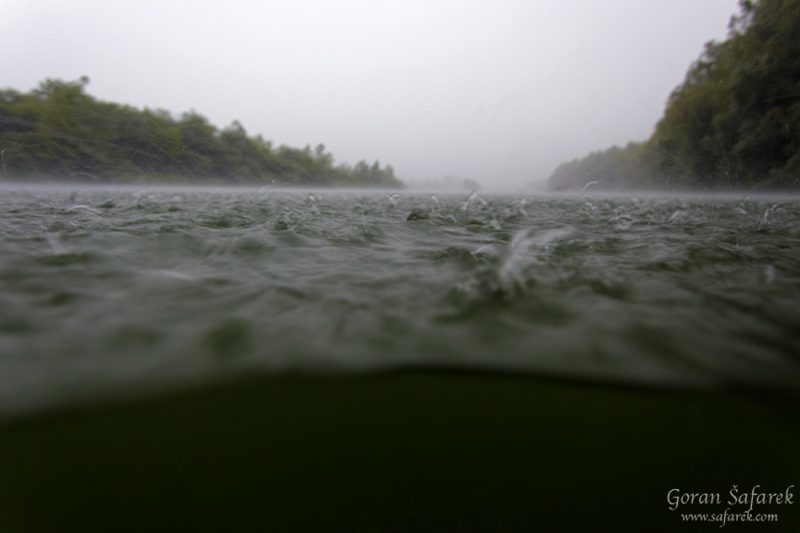
In tropical zones, monsoon seasons can dump entire months’ worth of rainfall in a few days, swelling mighty rivers like the Mekong or the Brahmaputra. In temperate regions, atmospheric rivers—rivers in the sky—can linger over watersheds, unleashing deluges that push even the most fortified levees to their limits.
It’s not just how much rain falls—it’s how quickly, where, and for how long.
🏔️ Snowmelt & Glacier Melt: The Icy Reckoning
Spring brings more than blossoms. In mountainous and polar regions, it also delivers a seasonal surge of water as winter’s snow begins to melt. If warming is gradual, rivers may carry the load gracefully. But when a sudden heatwave strikes, the snowpack melts too fast, unleashing torrents into valleys far below.
Glaciers tell an even more dramatic tale. As they retreat, they often leave behind glacial lakes, formed in fragile bowls of ice and loose moraine. These lakes can burst without warning, releasing an explosive force of water, ice, and rock—known as a Glacial Lake Outburst Flood (GLOF). These events are especially dangerous in the Himalayas, Andes, and Alaska, where communities often lie directly in the floodpath.In high mountain regions, the story turns even more dramatic. Glaciers melt and form unstable lakes held back by little more than earth or ice. When those barriers collapse, a glacial lake outburst flood can thunder down valleys with astonishing speed and force.
Learn how river regimes shape the timing and intensity of seasonal floods.
❄️ Ice Jams: Frozen Bottlenecks in the Flow
In colder regions, rivers don’t just swell from melting snow—they can also choke on ice floes. As spring thaws begin, large chunks of river ice break apart and drift downstream. When these ice floes encounter narrow channels, bends, or obstacles like bridges, they can pile up and form ice jams. These frozen dams block the natural flow of the river, causing water to back up rapidly upstream—sometimes flooding towns within hours.
If the jam suddenly breaks, the surge of released water can create a flash flood downstream, compounding the damage. Ice jam floods are particularly common in places like Alaska, northern Canada, and the Siberian tundra, where freeze-thaw cycles are part of the seasonal rhythm.

🌲 Deforestation and Human Encroachment: Making the Land Vulnerable
Not all floods are born from nature alone. Sometimes, we trigger them.
Forests act as natural sponges—trees absorb rainfall, stabilise soil, and slow runoff. When forests are cut for timber, agriculture, or urban expansion, the landscape loses its ability to hold water. Rain that once seeped into the ground now races across bare earth, carving gullies and overwhelming rivers.

Cities add another layer of complication. Asphalt and concrete are impervious surfaces, meaning water can’t soak in. Instead, it speeds into drains, sewers, and rivers, causing sudden surges—especially during storms.
Poorly maintained dams, levees, and drainage systems can also fail catastrophically under pressure, turning what might have been a manageable rise into a full-blown flood disaster.
When we alter the land, we alter the flow of water. And when water can’t move the way it’s meant to—it takes a path of destruction.
🏗️ Poor Flood Management: When Design Fails the River
Floods are natural—but catastrophe is often man-made. Across the world, decades of misguided flood management have unintentionally increased both the frequency and severity of river floods. In trying to dominate rivers, we’ve often made them more dangerous.
Many rivers today are heavily regulated—straightened, narrowed, or confined by levees in an attempt to control their flow. While this can prevent minor seasonal flooding, it also reduces the river’s capacity to absorb surges. Instead of spreading safely across a broad floodplain, the water is trapped in a narrow channel, building force. When it finally escapes, the damage is far greater than it might have been.

Compounding this problem is the loss of natural floodplains and retention areas. Wetlands, side channels, and seasonally flooded fields once acted as buffers, absorbing excess water and slowing its movement downstream. But in many places, these zones have been drained, paved, or developed—erasing the river’s natural escape valves. The result? Faster, more forceful floods with nowhere to go.
It’s complicated
Often, a flood is not caused by a single factor, but by a chain of them: rainfall on frozen ground, in a deforested valley, above a river already rising. What began as a storm becomes a cascade of catastrophe.
Types of River Floods: From Gentle Swells to Sudden Surges
Not all floods are the same. Some arrive quietly and linger, reshaping the land with eerie grace. Others descend like thunder, tearing through villages and valleys with terrifying speed. The character of a flood depends on terrain, climate, human activity—and the river’s own personality.
Let’s explore the four main types of river floods that shape landscapes and lives across the globe.
Lowland Floodplains: The Slow, Sweeping Flood
These are the timeless floods of broad, meandering rivers that course through fertile plains. Over days or even weeks, the river gradually swells and slips over its banks, flooding vast stretches of farmland, submerging villages, and cutting off roads in a slow, relentless tide.
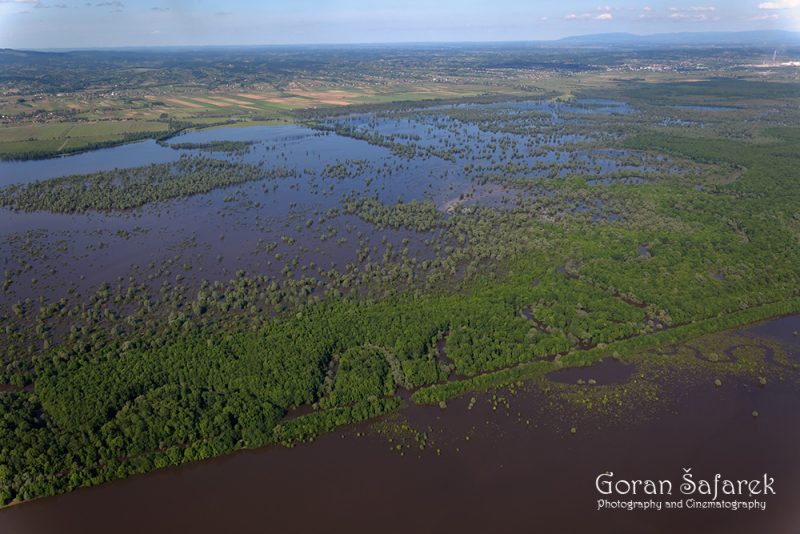
They appear in places like the Ganges Basin of India and Bangladesh, Egypt’s Nile Delta, or the Mississippi Valley in the United States—regions shaped for centuries by the rhythm of seasonal rains, monsoons, and upstream snowmelt.
For much of history, these floods were seen as a gift. Farming communities relied on them to deliver nutrient-rich silt that renewed the soil and guaranteed harvests. But in today’s world—marked by denser populations, urban sprawl, and a climate growing more unpredictable—these once-beneficial floods are becoming disasters in disguise, displacing millions and turning food-producing heartlands into temporary wastelands.
Imagine waking up to a horizon of water where rice fields used to be.
Mountain Flash Floods: Sudden and Violent
High in the mountains, where rivers carve deep into the earth, floods take on a more ferocious form. The terrain is steep, the soil thin, and the rainfall often intense. Add a sudden thunderstorm, and you’ve got the perfect conditions for a flash flood—one of nature’s most sudden and deadly events.

Common in regions like the Himalayas, Andes, Rockies, and Balkan mountain valleys, these floods are triggered by short bursts of extreme rainfall or rapid snowmelt.
They are marked by walls of water, mud, and debris that surge violently down narrow gorges, turning tranquil streams into raging torrents.
Flash floods strike without warning. One moment the sky is merely overcast; the next, entire villages are swept away, caught in a wave of destruction that leaves little time to escape.
“There was no time to run,” survivors often say
Urban River Floods: When Cities Drown
Cities built along rivers—once thriving trade hubs, now sprawling megacities—face unique and growing challenges when floods strike. With asphalt and concrete replacing natural soil, rainwater has nowhere to escape but into sewers, basements, and flooded streets.
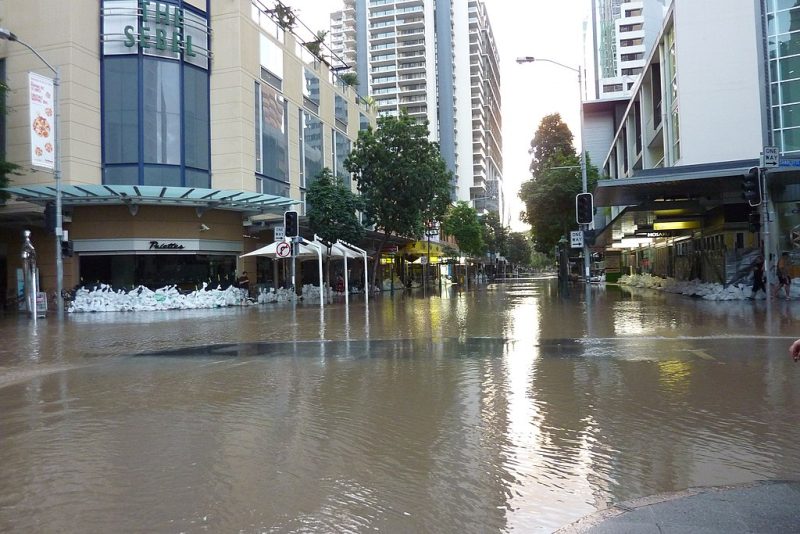
These floods are all too familiar in places like Jakarta, Bangkok, Lagos, Paris, and New Orleans—where urban sprawl meets the river’s edge. They’re caused by heavy rainfall, clogged drainage systems, high tides, or upstream river swelling.
What makes things worse? Poor infrastructure, unchecked development, and the accelerating impacts of climate change.
In these urban landscapes, even modest rainstorms can bring life to a screeching halt. And when rivers surge, water levels can rise alarmingly fast, turning bustling city blocks into makeshift canals.
The river becomes a mirror to the skyline—and a threat to everything below.

Damage and Impact: When the Waters Win
Floods don’t just soak—they transform.
They sweep through villages and cities, leaving homes in ruins and families displaced. Lives are lost not only to drowning but to the heartbreak of everything gone in an instant: photographs, memories, livelihoods. The trauma lingers long after the waters have receded.
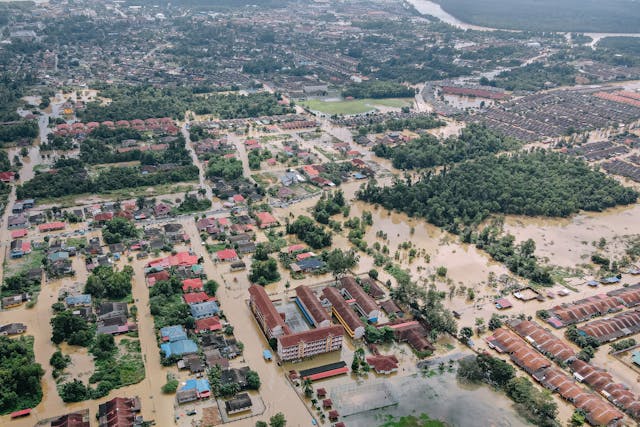
Economically, floods are devastating. Crops rot in their fields, roads vanish, bridges collapse. Supply chains are broken, power fails, and entire regions can be left cut off. In a single year, floods can cause tens of billions in damages—often hitting the poorest communities hardest.
The environment doesn’t escape unscathed. Eroded banks, polluted wetlands, and disrupted ecosystems are all common after major floods. Fish habitats are destroyed. Soil is stripped bare. Yet, paradoxically, floods can also bring renewal—restoring wetlands, depositing fertile sediment, and replenishing dry aquifers.And when the physical crisis passes, the health crisis begins. Contaminated water spreads disease. Mosquitoes breed in stagnant pools. Overcrowded shelters become breeding grounds for illness. For vulnerable communities, recovery can take months—sometimes years.
Floods don’t just destroy landscapes. They reshape lives.
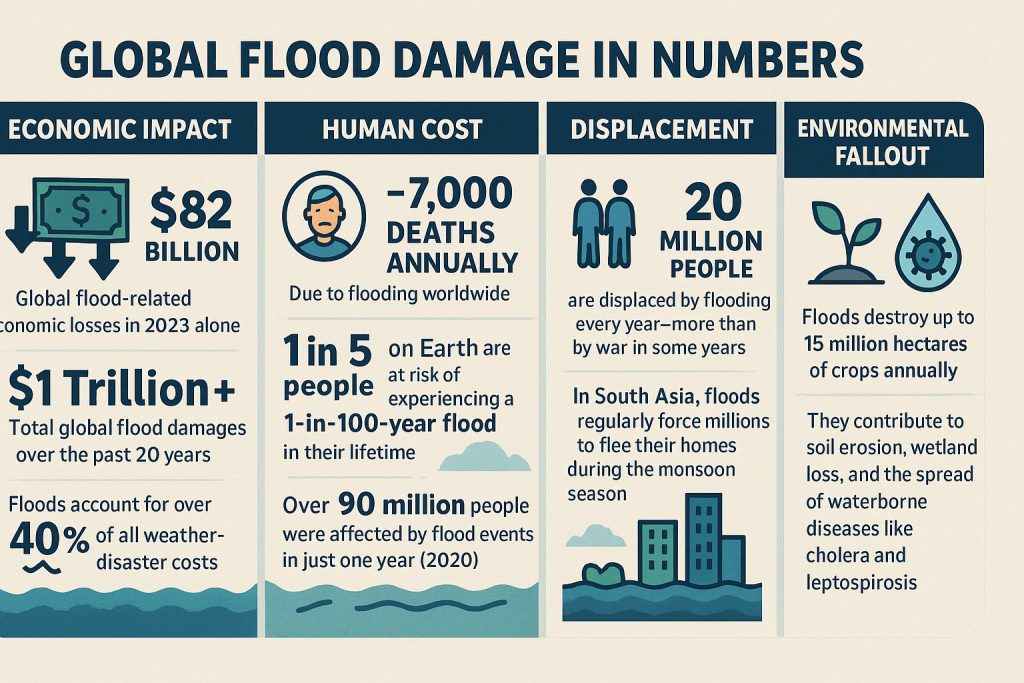
💸 Economic Impact
$82 billion: Global flood-related economic losses in 2023 alone (Munich Re).
$1 trillion+: Total global flood damages over the past 20 years.
Floods account for over 40% of all weather-related disaster costs.
👥 Human Cost
~7,000 deaths annually: Due to flooding worldwide.
1 in 5 people on Earth are at risk of experiencing a 1-in-100-year flood in their lifetime.
Over 90 million people were affected by flood events in just one year (2020).
🏠 Displacement
20 million people are displaced by flooding every year—more than by war in some years.
In South Asia, floods regularly force millions to flee their homes during the monsoon season.
🏙️ Urban Vulnerability
By 2030, flood risk is expected to increase by 50% in major cities due to climate change and urbanization.
Jakarta, Bangkok, and New York City are among the top 10 cities most at risk of flood-related damage.
🌱 Environmental Fallout
Floods destroy up to 15 million hectares of crops annually.
They contribute to soil erosion, wetland loss, and the spread of waterborne diseases like cholera and leptospirosis.
Mitigating the Flood: How We Prepare and Respond
We cannot stop the rain. We cannot halt the melting glaciers. But we can prepare—and we can adapt.
Early warning systems have saved countless lives. With better forecasting tools, communities can be alerted in advance, giving people precious hours to evacuate or safeguard property. Radios, sirens, mobile alerts—even local volunteers—play vital roles in spreading the message.
Physical defenses still matter. Levees, dams, and diversion channels offer a measure of control. But they are not infallible. When they fail, the resulting floods can be even more destructive. Increasingly, planners are turning to nature for answers.
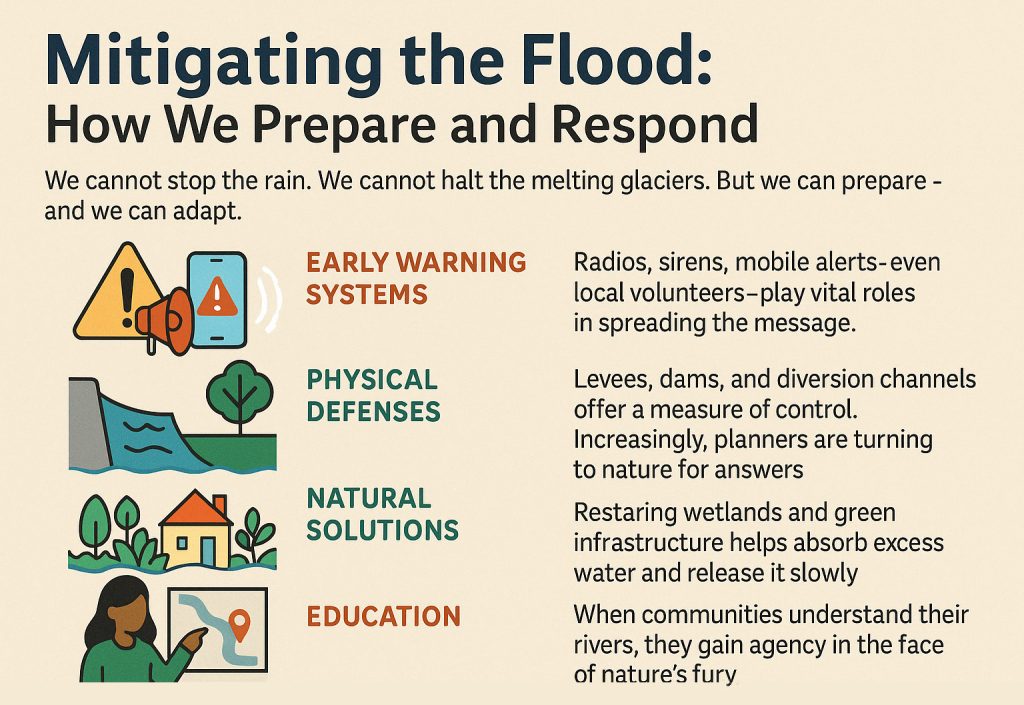
Restoring wetlands and floodplains is proving more effective than simply walling rivers in. These natural systems absorb water like sponges and release it slowly. In cities, green infrastructure—like permeable pavement, rooftop gardens, and parklands designed to flood safely—helps soak up excess water.
And perhaps most importantly, education empowers resilience. When communities understand their rivers—when they know the signs of a flood, the escape routes, the shelters—they gain agency in the face of nature’s fury. Resilience begins not in government offices, but in local knowledge and shared responsibility.
Discover effective ways to prevent and minimize flood damage
River Floods and Climate Change: A Rising Threat
Climate change is reshaping everything we thought we knew about floods.
A warmer atmosphere means more intense rainfall. Storms that once happened once a century are now arriving every few years. In mountain regions, snow melts faster and glaciers retreat. Rivers that relied on a slow trickle now receive sudden surges—and long droughts between.
In coastal regions, sea-level rise is making matters worse. Storm surges push seawater up river mouths, while heavy rainfall pushes from inland. The result is a dangerous squeeze—rivers with nowhere to go but sideways.

And the damage doesn’t fall equally. Wealthy nations may build higher levees and better dams, but many vulnerable regions are left exposed. Small island states, floodplain villages, informal urban settlements—these are the frontlines of climate-driven flood disasters.
Floods are not just stronger. They are less predictable, less seasonal, and more chaotic. The rivers are warning us. The question is—are we listening?
The Dance of Water and Time
Rivers have always moved to ancient rhythms—slow, swelling breaths that shape the Earth itself. They whisper through gorges, sing across plains, and sometimes, they scream. Flooding is not a flaw in the system—it is the system. A reminder that water isn’t still. It remembers. It returns.
For millennia, rivers nourished civilisations. They brought life. They took it. And as we step into an uncertain future, we must remember: a river will always find its path. The question is whether we will find ours—one built not on resistance, but on respect.
We cannot hold back the flood forever. But we can step into the rhythm. We can build with the flow, not against it.
Because in this dance of water and time, we are not the choreographers.
We are partners.
📚 Further Reading
If you’d like to dive deeper into the science and solutions behind river flooding, here are some insightful external resources:
UNDRR – Floods and Flood Management: A global overview of flood risks, management approaches, and policy tools.
NASA – Climate Change and Flooding: Explore how a warming planet is reshaping flood patterns worldwide.
ICIMOD – Glacial Lake Outburst Floods in the Himalayas: Learn about GLOFs and their increasing risk due to melting glaciers.
WWF – Working with Nature to Reduce Flood Risk: Nature-based strategies for flood mitigation and ecosystem protection.
World Bank – Flood Risk Management: Economic impacts of floods and how countries are responding through policy and infrastructure.
